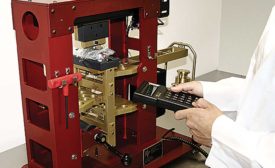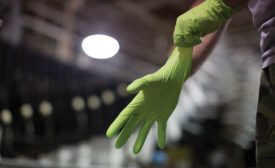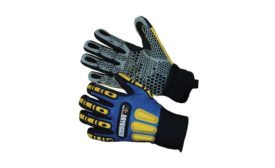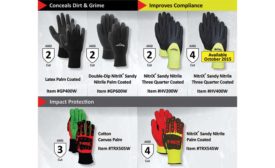Home » Hand Protection
Articles Tagged with ''Hand Protection''
Protecting hands from shock & arc flash
A new ASTM standard will broaden your choices
May 11, 2017
Get our new eMagazine delivered to your inbox every month.
Stay in the know on the latest safety trends.
SUBSCRIBE TODAYCopyright ©2024. All Rights Reserved BNP Media.
Design, CMS, Hosting & Web Development :: ePublishing










